But in Belgium, as Lane tells readers, “you might prescribe this vulnerable, desperate person a fatal dose of sodium thiopental.”
As Lane tells readers, between 2007 and 2011, one hundred people went to a clinic in Belgium seeking euthanasia. While most of them were clinically depressed, not all of them were. Some of them were schizophrenic and others had Asperger’s Syndrome, a form of autism.
What happened in forty-eight of the cases was chilling: “The doctors, satisfied that these patients were in earnest, and that their conditions were ‘untreatable’ and ‘unbearable,’ offered them lethal injection; 35 went through with it.
The same thing is happening next door in the Netherlands. A clinic there euthanized 11 people in 2012 whose “only complaint was being ‘tired of living.’”
Lane rightly characterizes this trend as “sinister.” Writing in the Journal of the American Medical Association, bioethicists Barron H. Lerner and Arthur L. Caplan said that the reports from the ironically-named “low countries,” “seem to validate concerns about where these practices might lead.”
To which Lane replied, “That’s putting it mildly.”
As he writes, “What’s noteworthy about euthanasia in Europe … has been its tendency to expand once the taboo against physician-aided suicide was breached in favor of more malleable concepts such as ‘patient autonomy.’”
And as Belgian law professor Etienne Montero has warned, “What is presented at first as a right is going to become a kind of obligation.”
I recently told you about the Third Reich’s euthanasia program code-named Aktion T-4. Between 1939 and 1940, as many as 70,000 disabled and sick people, whom the Nazis deemed “lives unworthy of life,” were exterminated — murdered — in psychiatric hospitals across the Reich.
Now, in case you’re wondering, I’m not saying that what’s happening in Europe today is the equivalent of Aktion T-4. In some important aspects, however, it’s arguably worse because, while the Nazis killed schizophrenics and people with autism, I’m not aware of their killing people who were merely depressed or “tired of living.” Modern Europeans seem hell-bent on expanding the definition of a life unworthy of life.
What’s more, unlike 1940, there’s no real opposition. Hitler was forced to abandon Aktion T-4 because of the opposition of people like Lothar Kreyssig, a judge in Brandenburg and a member of the Confessing Church, and the Bishop of Munster, August Graf von Galen, who publically condemned the program in a series of sermons that were printed and disseminated.
These courageous acts roused public opinion against the program and resulted in a rare victory for human decency in the Third Reich.
Today, what Lane calls the “slide” toward euthanasia continues largely unabated — not only in Europe but in the U.S. as well. As Lerner and Caplan wrote, all this “should give us pause” about where the so-called “assisted dying” movement will lead.
And here’s a hint: You don’t need jackboots and brown shirts anymore to turn entire classes of people into lives unworthy of life.
[This Breakpoint Daily Commentary by Eric Metaxas was posted on August 27, 2015 at www.breakpoint.org/bpcommentaries/breakpoint-commentaries-search/entry/13/28069]




